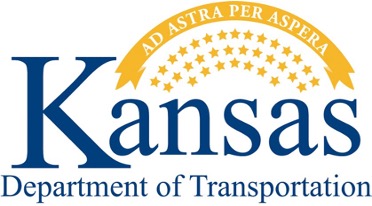KDOT Pavement Performance Dashboard
Welcome! This app is designed to convey the likely performance implications of various investment decisions on the Kansas State Highway System.The app allows you to choose not only how much funding should be made available to preserving Kansas roads, but also how these funds should be distributed to different roadway systems.
In addition to seeing 10-year performance projections associated with your investment decisions this app also aims to communicate the estimated on-going maintenance costs of the system you have chosen in 2032. The more poor pavement you have in your system, the more expensive it is to maintain. The more good pavement you have in your system, the cheaper it is to maintain
The network level pavement performance is presented based on by the percentage of Good, Fair, and Poor lane-miles. The definition of Good, Fair and Poor pavements is based on dominant state-of-repair between the federal surface distresses and indicators of structural integrity (i.e., transverse cracking and joint distresses).
To begin, please start by building a scenario by clicking the button below.
KDOT Pavement Performance Dashboard
From this page, you can select an annual budget for KDOT's capital pavement program ($435M is the current allocated funding). After selecting an annual budget, the chart below shows the changes in pavement performance over a 10-year horizon relative to current spending levels. Anticipated performance outcomes resulting from your allocation can be viewed either Statewide or by subsystem (i.e., the Interstate System, Non-Interstate NHS, and Non-NHS ). In addition, you may view the long-term maintenance impacts of the system you have created and compare that with other scenarios in the application and what others have submitted.Let's Break it Down...
Different types of treatments are used to address pavements at different conditions. Light actions are used to fix good pavements, medium actions are used to fix fair pavements, and heavy actions are used to fix poor pavements. Heavy actions are more than five times more expensive than a light action. Given the selected annual budget, the breakdown of annual lane-miles fixed of the network is as follows:
Light
Action
Medium
Action
Heavy
Action
What Changed?
* Future Cost is the average annual cost needed to maintain the network in the future. More spending now results in better future network performance, thus less future maintenance cost.
This chart is the performance on the three different road networks in Kansas. Use the sliders below to allocate the funding selected above. The sliders distribute the funding evenly between the three systems. If you want to maintain a current percentage, use the locks to stabalize your funding allocations.
Allocate % of Funding by Highway System
Interstate
Non-Interstate NHS
Non-NHS

What Changed?
* Future Cost is the average annual cost needed to maintain the network in the future. More spending now results in better future network performance, thus less future maintenance cost.
Let's Break it Down...
Different types of treatments are used to address pavements at different conditions. Light actions are used to fix good pavements, medium actions are used to fix fair pavements, and heavy actions are used to fix poor pavements. Given the selected annual budget, the breakdown of annual lane-miles fixed of the network is as follows:

